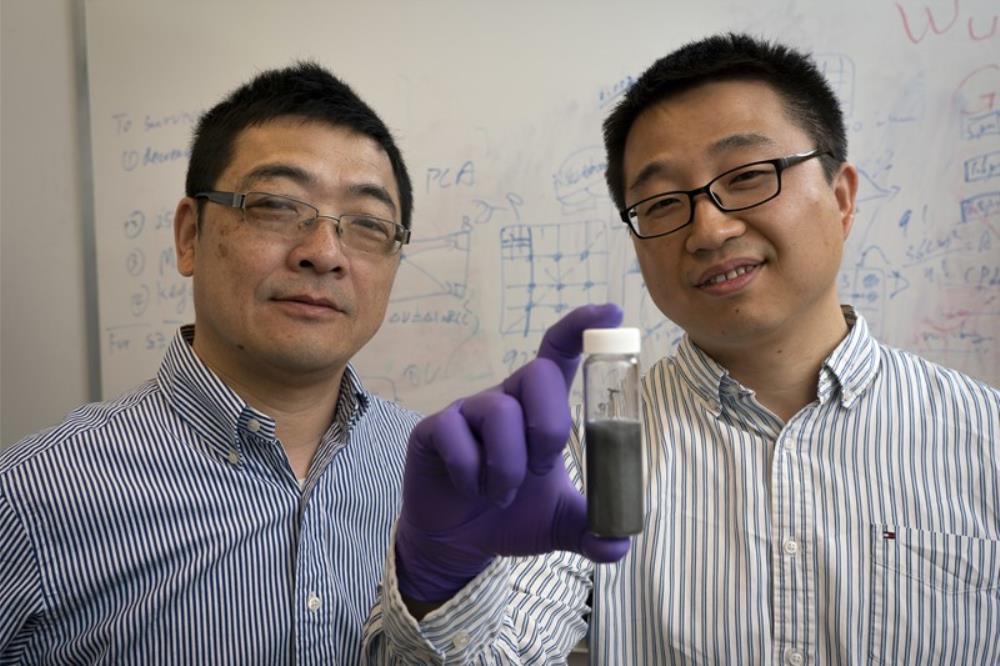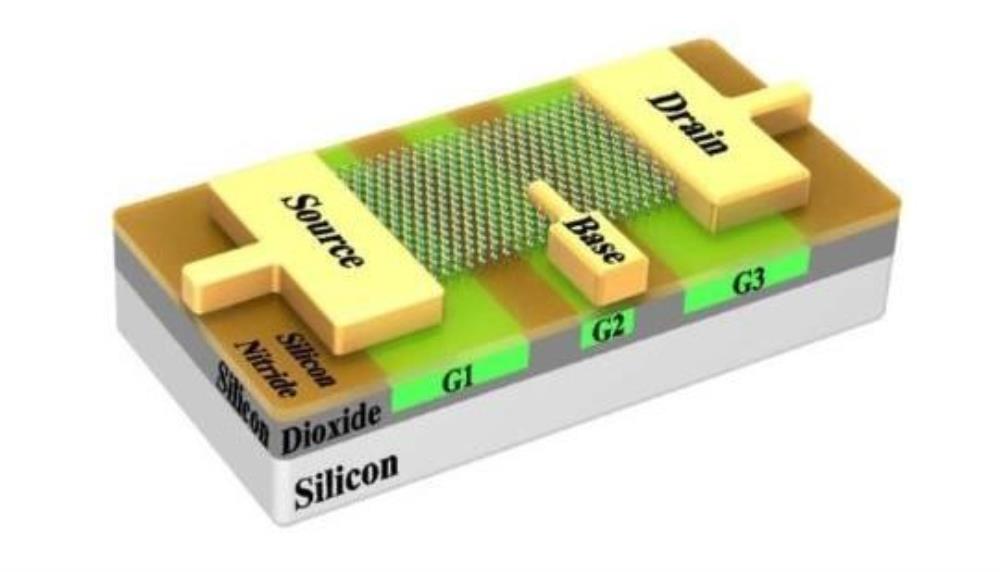
A relentless global effort to shrink transistors has made computers continually faster, cheaper and smaller over the last 40 years. This effort has enabled chipmakers to double the number of transistors on a chip roughly every 18 months—a trend referred to as Moore's Law. In the process, the U.S. semiconductor industry has become one of the nation's largest export industries, valued at more than $65 billion a year.

Here we will provide you a quick brief about the Kirin 9000 SoC and has a total of 15.3 billion transistors, which is 30% more than Apple's A14 Bionic chipset that comes in the latest Apple iPhone 12 series.

A new two-dimensional material, Tellurene, could realise the hopes for higher speed transistors for faster computing.

In the semiconductor industry, there is currently one main strategy for improving the speed and efficiency of devices: scale down the device dimensions in order to fit more transistors onto a computer chip, in accordance with Moore's law. However, the number of transistors on a computer chip cannot exponentially increase forever, and this is motivating researchers to look for other ways to improve semiconductor technologies.